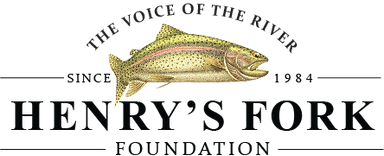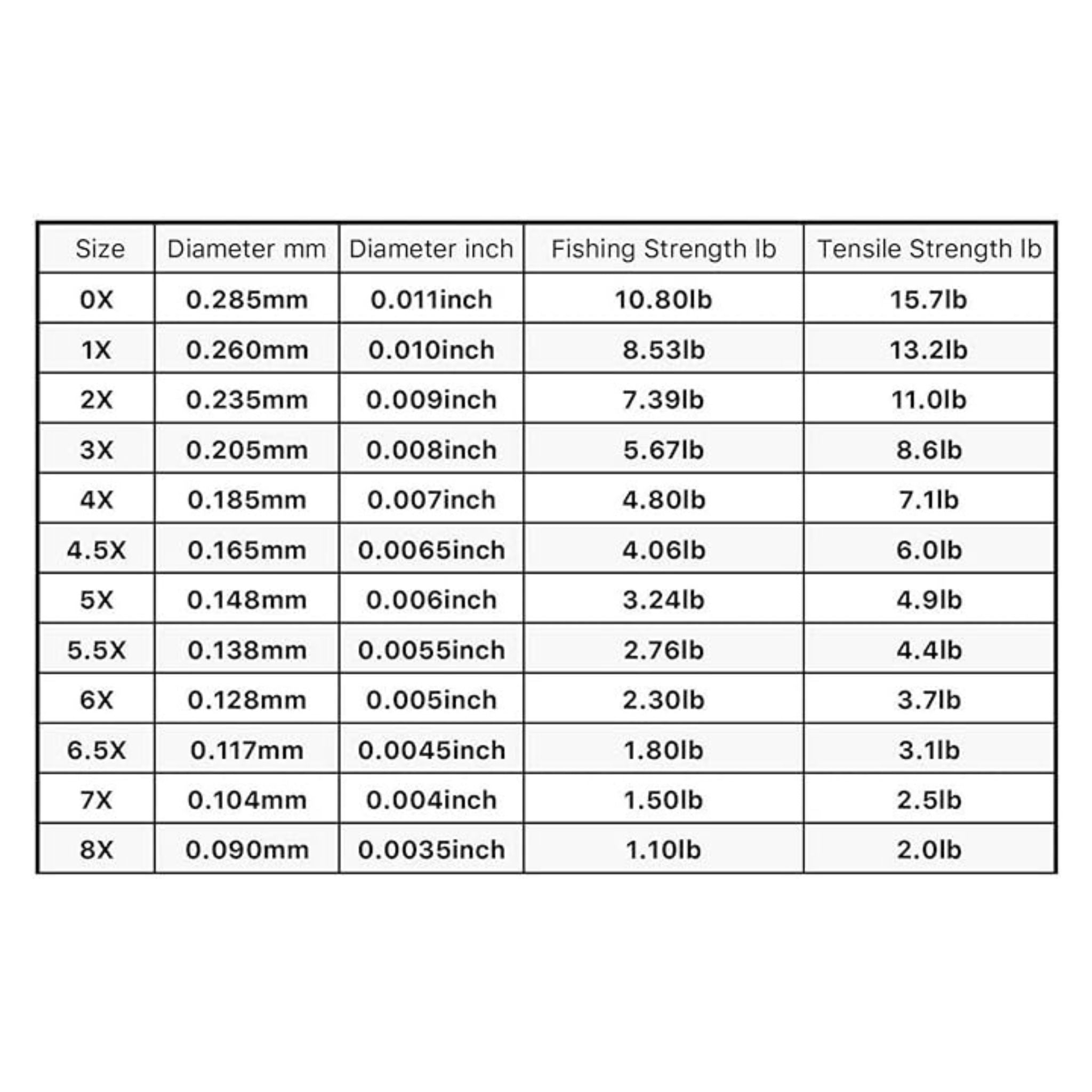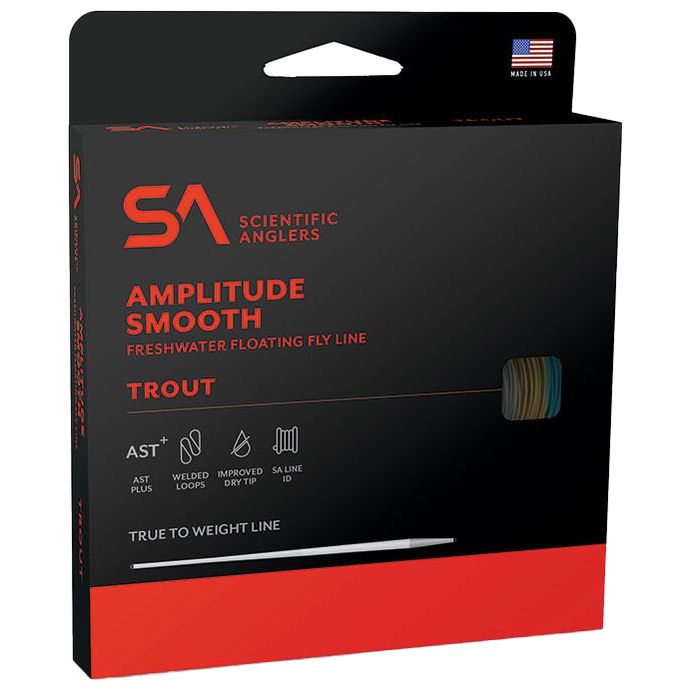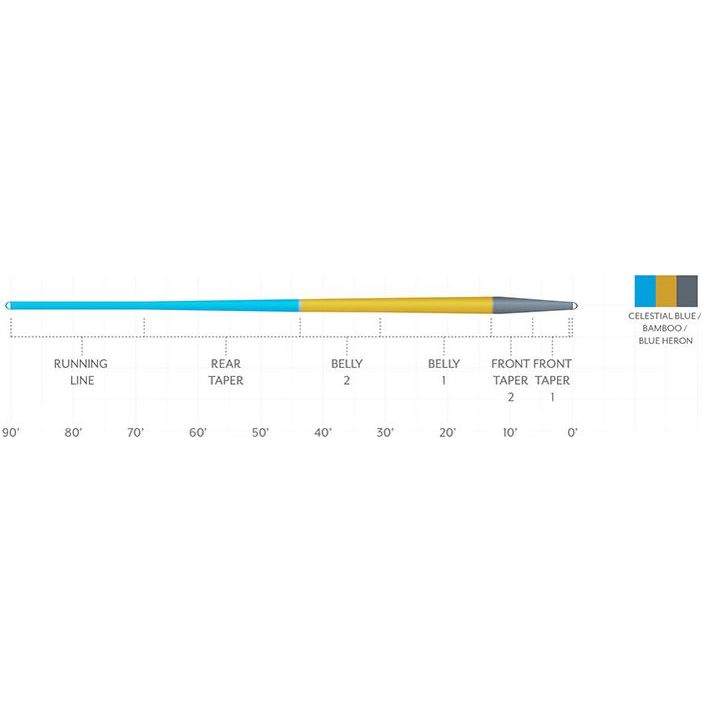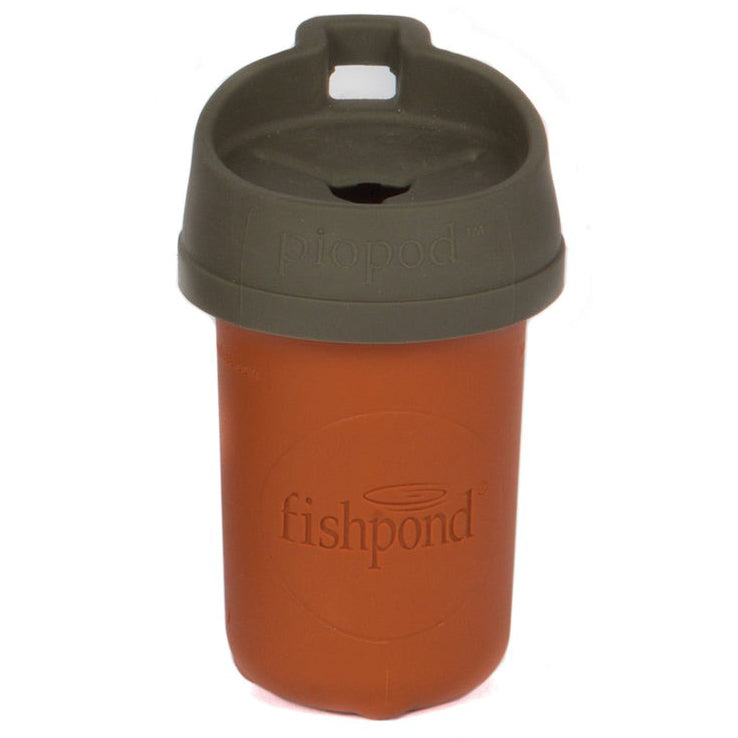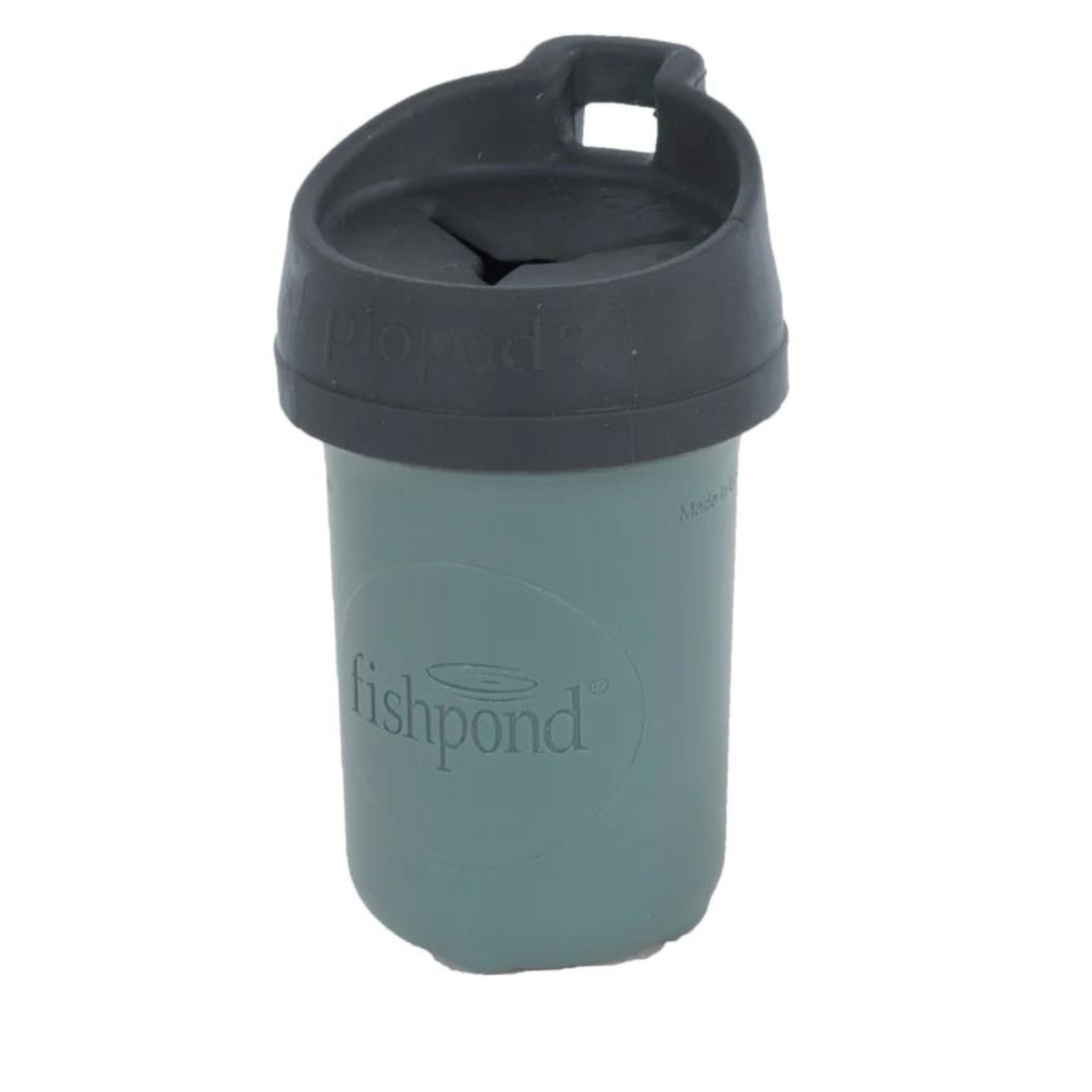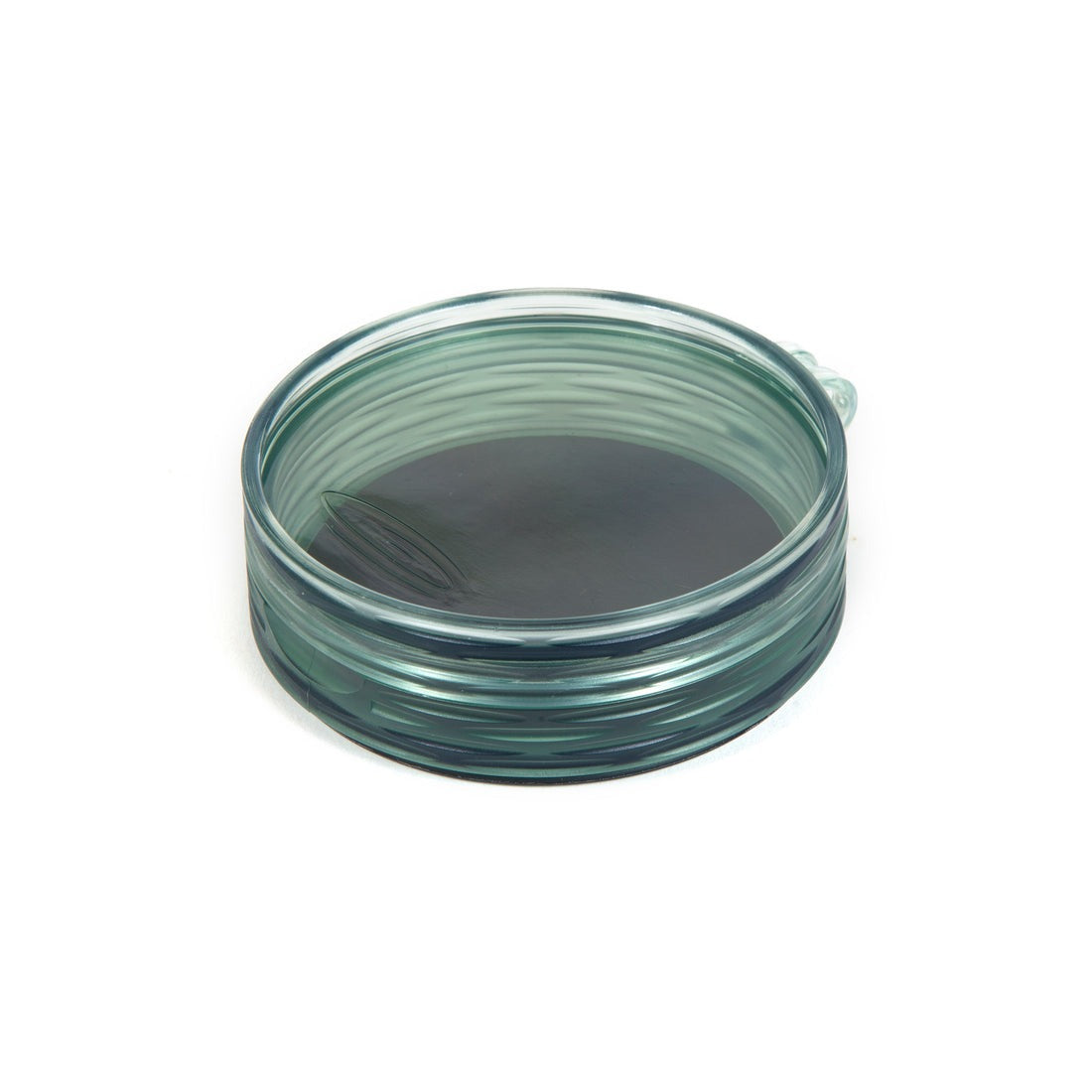The Henrys Fork, Looking Back and Looking Forward

As winter's snow begins to melt here in Yellowstone Country, we find ourselves in anticipation of the coming trout season, and our minds are conjuring up thoughts of the great fishing and hatches that lie ahead. This is one of the fun things about the onset of a fresh fishing season, the woes of prior years are a distant memory behind the promise of trout that are eager to take a fly after a winters rest. This is all fine and good, but an examination of the last several years events gives context to what we might expect to find in the season to come. This can help us prepare our strategies for the upcoming months and to brace for both the joys and disappointments that come with generational variances in trout populations and insect hatches. Though great fishing can be found every season due to optimal conditions at any given moment, much can be understood about a fishery by keeping a little contextual knowledge on hand from prior years. The greatest trout fishing experiences are usually a product of a combination of factors such as present conditions, historical events, and conditions looking back two, three and even four years.
Because trout are generational creatures with typically a five year lifespan here in our neck of the woods, and because our favored quarry are often those wild trout in the three- to five-year old range, ranging approximately from 14-22 or 23 inches in length, it makes sense to keep an eye on the crop of trout entering those ranks from the prior years. Much of the work that is done to ensure a healthy population of 1 to 2 year old trout is done so to increase the yield of those same trout 2 to 3 years later for the benefit of anglers wishing to pursue quality wild trout on the fly. It’s a lifetime’s work to understand just how these different events and conditions, both natural and man-made, can trigger both favorable and unfavorable outcomes. Every river is unique and has its own set of limiting, stabilizing and favorable factors that can come to play at any time of year, natures complex web isn’t an easy thing to map out, but we’re getting better at understanding how the Henry’s Fork works.
Looking Back
With the 2023 trout season on the Henry’s Fork in my mind, there are lots of terrific trout fishing tales that I wont bother the reader with now, but it was a season that started with a deep, high volume snowpack and a long thaw, with snow and rain continuing into early June. Our lakes and reservoirs in the high country didn’t see ice out until the middle of May and the cool, wet weather pushed summer conditions and hatches 10 days late on the average. We had enough water in the mountains and system to justify a spring freshet flow in early May, which hadn’t happened for a few years due to the drier conditions of the years prior. Water quality was excellent throughout the river, with the upper river running more clearly through the summer months of July and August than it had in a number of years. Anglers on the upper river enjoyed solid fishing conditions from the Box Canyon to the end of the Railroad Ranch, with an unusually high percentage of 20+ inch trout in the latter. The PMD, drake and caddis hatches of late June were late in showing but provided anglers good fishing while they lasted. The flav hatches and spinner falls during July on the Ranch were as solid as we’ve seen in years and lasted through the month. August conditions were wetter than normal, but fishing was good when the sunny and dry weather of August prevailed. The cool and wet conditions were less favorable for terrestrials but led to solid hatches of mahogany duns and Baetis as we crept into fall.
On the lower river, the same large snowpack, late spring and cooler weather pushed the usual Shangri La of mid June’s hatches almost a week late. These same conditions, however, kept water temperatures lower than we see in most years through much of July, giving us both a longer fishing window down there and a longer growing season for the resident trout.
If we peel the calendar back another year, we can recall the winter of 2021-2022 and its following summer trout season. After a winter of uncomfortably low flows in the upper river, we entered the spring with doom and gloom on the horizon with the pending water situation. Mother Nature limped us along and gave us enough cool weather and rain events to keep the situation from getting as bad as was predicted. By late summer, the cool weather kept us fishing and began to allow for accumulation of much needed water into the reservoir. Irrigation demand for areas far downstream in the Snake River plain kept the flows high during the summer, but the heavy rain events of late summer and fall kept our reservoirs gaining more water than was being discharged. On the upper river, fishing was good, but water quality suffered in the months of July and August, with heavy weed beds and high turbidity.
The lower river in 2022 performed as its usual self, producing some terrific fishing in the month of June and then its usual sharp decline in activity in July. Higher flows than normal in August and September brought some fishing around and kept the trout comfortable, but those same high flows kept hatches to a minimum.
Im not going to go back year after year here, but will mention the winter of 2020-2021 and summer of 2021, as we endured lower winter flows than we hope for and received enough water to keep things humming through the summer. Thankfully, a solid population of adult trout were in the river from the years prior and a great season of fishing was had. These are the years to take note of, low water conditions from the season before had already contributed to a smaller population of surviving juvenile trout in the upper river, these are some of the trout we wish were adults coming into the 2024 summer season.

Looking Forward
Too often we come out of a high water year and hear so much about how great it is for the river, expecting things to be outstanding immediately. We often forget to consider the effects of the 2 and 3 years prior, especially in the case of low winter flows and the upper river. We are coming into 2024 with a decent snowpack, somewhere around 90% of average, and much is yet to be decided as we see how spring unfolds and winter gives way. We are coming out of 2023 as a year with a great snowpack and solid spring flows. Winter flows in 2023-2024 were good and what we hope to maintain. Our population of 1-year old trout, going on 2 should be excellent thanks to this winter and last, but I would expect that our 3 and 4 year old trout will be a bit harder to come by in the upper river, due to the low flows of the 2020-21 and 2021-22 winters and even just before that. The spring “freshet” flush of last spring should help increase the diversity of the insect life in the Ranch and hopefully bring forth enough hatches to keep the lower numbers of larger trout visible and easily targeted. Upper river anglers should expect to find fewer numbers of large trout but hopefully good fishing conditions will keep enough of them around for us to tango with. I often say that in a place like the Ranch, it doesn’t really matter if there are 30 large trout rising all around you, or 3. As long as the angler has the privilege to fish to feeding trout, there is game out there as we’re typically focusing on one at a time anyway. Some of my best and most memorable fishing days on the Ranch have been in years of low numbers. Expect the quality trout of the Railroad Ranch to be wily, challenging to catch, and supremely rewarding when you manage to fool one or bring one to hand, and let's hope for great hatches.
The lower river is another story altogether. We know that winter flows aren’t what limits that fishery, instead the most limiting among them are de-watering by irrigation and high summertime temperatures, yet in the face of this almost every year, the lower sections of the Fork seem to produce terrific trout fishing when conditions are right. The past three years have had plenty of water coursing through the stream bed in the summer months and I feel the population is rather healthy down there. Speculatively, I might say that there may even be a few larger than normal trout around due to the longer growing conditions that we experienced last year, which would have benefitted adult trout. It is my hope that our hatches will respond to a good late winter and spring and provide us with favorable conditions in the early summer. July and August will be the typical wild card and we’ll have to see what the summer brings.
All this talk of the upper and lower river and it's easy to forget about the consistency of the Box Canyon and the water in between the Ranch and the lower. In the toughest of years in terms of trout population, the Box Canyon seems to hold solid numbers of trout for anglers to pursue. The quality of the habitat there is such that its resident trout are healthy and it seems there are always enough of them to keep anglers happy. The canyons below the Ranch host healthy populations of trout that are generally unaffected by the factors that limit the upper and lower river. Those canyons are full of food, habitat and healthy trout all the way to Ashton Reservoir. I suspect nothing different in this season to come and look forward to the great fishing that these pieces of water consistently provide.
The Henrys Fork is such a unique fishery in the sense that it has a tremendous diversity of water types and habitats. Those of us who work on the Henry’s Fork do so knowing it is a privilege to spend so much time on her many waters, and we love to share it with our customers and friends. It is also unique in the sense that it has an organization that has been fighting for it and the quality of its fishery for the last 40 years, uninterrupted. The Henrys Fork Foundation celebrates its 40th anniversary this year and I would simply state that this organization serves as a model organization for river conservation efforts in the West, and has for years. The low winter flows we experienced 2 and 3 winters ago weren’t as low as they would have been without the intervention of the work of the Foundation. Catastrophic events that would have pummeled our fishery in difficult water years were mitigated and prevented by the good folks of the HFF. The chronology of their work over the past 40 years is impressive and the last 10 years are showing some of the best science and data collection that we have on any western river at this time. Keep an ear open to hear about what we’re learning through the Water Quality Monitoring, Precision Water Management, and Farms to Fish programs. These three tools are directly aimed at managing for a better fishery on the Henrys Fork through collaboration with local farmers and state level water agencies. As the bumper sticker says, “Whiskey is for Drinking and Water is for Fighting”, then we go into it knowing that we’re the smallest cowboy in the room and we’re going to need to make our punches count. The master picture that we are forming on how best to conserve water and how to most intelligently use it for the benefit of the fishery is a complicated matrix and a direct result of the work of the last 40 years of the Henry’s Fork Foundation. If you are new to the Henry’s Fork in 2023, take a look at www.henrysfork.org to acquaint yourself with some of the precedent-setting work that is being done. If you’ve fished the Fork before and are coming back for more, consider supporting an organization that is serving as a model for river conservation in the west.
Here’s to a great 2024 season on the Henry’s Fork! I hope to see you out there.
Jonathan



